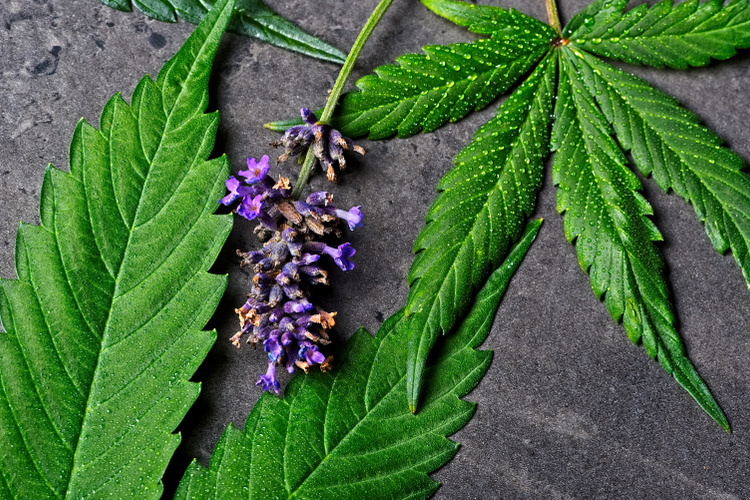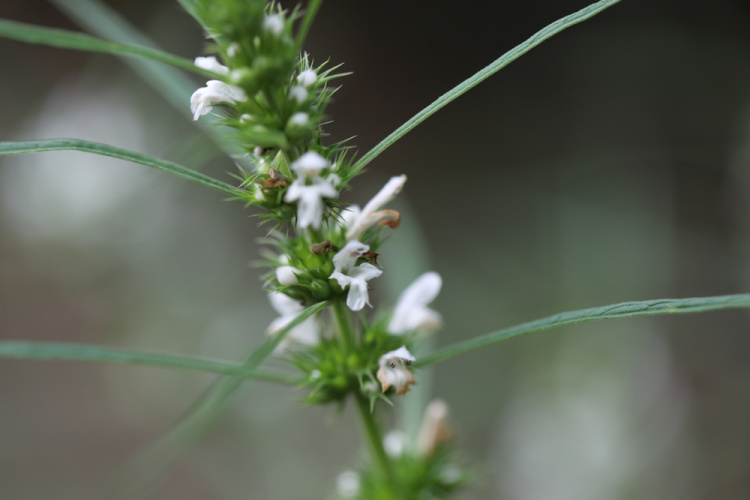Even if you don’t know exactly what a terpene is, you’ve definitely encountered them before. The aromatic “essential oils” that give strains of cannabis—as well as countless other plants, trees, even animals—their distinctive flavors and aromas, terpenes are major players in the galaxy of scents that make up our sensory world.
Today we’re going to focus on terpinolene. Boasting aromas of woodsy pine, citrus, and floral spice, terpinolene contributes an elusive but distinctive character to strains such as Golden Pineapple, Dutch Treat, and Jack Herer.
And terpinolene contributes more than just a pretty smell! As researchers are learning, the terpene is associated with mild sedative and anxiolytic—or anxiety-reducing—effects. Here’s what we know about this mysterious but distinctive terpene thus far.
Terpinolene: A Complex Contributor to the Scent of Cannabis

Linalool may remind you of lavender; limonene may invoke the scent of fresh lemons. By comparison, terpinolene isn’t a single scent but several in conjunction. It’s often described as having a woodsy, citrusy, floral, and piney aroma, not too dissimilar from the terpene terpineol. More than anything else, terpinolene has an intriguingly “fresh” scent associated with it. That’s one reason it’s often used as an additive in soaps, cosmetics, and perfumes; in the natural world, it’s found in cumin, nutmeg, lilac flowers, and the tea tree, among other sources.
Speaking of sources, there’s another intriguing aspect to terpinolene: it can have mild sedative properties, as demonstrated by a rodent-based study from 2013. And curiously, it appears that terpinolene typically occurs in sativa strains, known for their energizing qualities.
But that’s not the end of terpinolene’s medical effects. Just as it contributes an intriguing blend of aromas, this terpene offers some unusual medical benefits as well.
Terpinolene: A Terpene with Medical Potential

When it comes to medical effects, terpinolene is a little bit of an outlier. Unlike more common terpenes such as myrcene, limonene, and pinene, terpinolene isn’t anti-inflammatory. Nor does it impart analgesic (or pain-fighting) properties. But that’s not to say it’s not medically useful. In addition to the discovery of its sedative effects, it turns out that terpinolene has potential as an antioxidant.
One of the most commonly used (but least commonly understood) medical terms, an antioxidant is a compound that helps slow or prevent the chemical breakdown of our cells and the release of harmful by-products known as free radicals. As a 2015 study found, terpinolene shows promise as a potential antioxidant in our blood cells at certain levels.
In short, terpinolene is a terpene with an unusually varied set of aromas, qualities, and potential medical, household, and industrial uses. And we think that’s a mighty impressive resumé for such a rare and elusive terpene!
If you want to become a patient in Minnesota, you can learn more about qualifying conditions and the certification process. And look out for more educational blogs about flower and terpenes coming soon!
